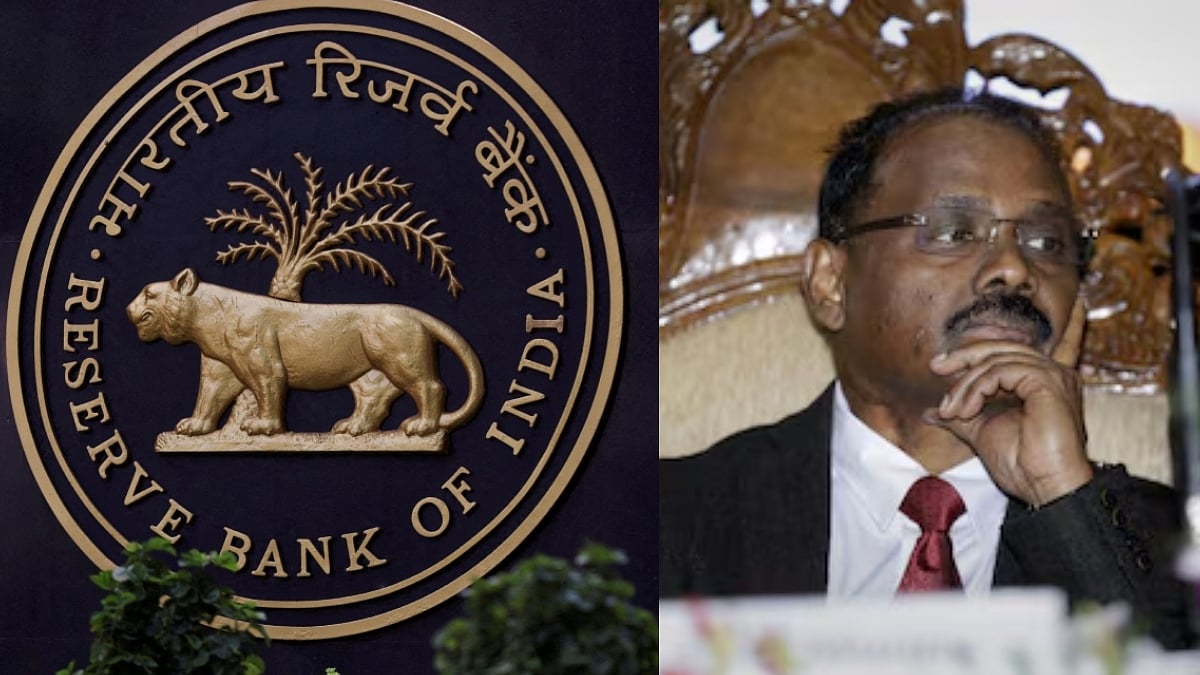Mumbai: Retail participation in India’s derivatives market has surged, but nearly 93 percent of traders have faced average losses of Rs 2 lakh over the last three years. SEBI’s new rules aim to make the F&O space safer, more transparent, and less speculative.
Stricter Open Interest (MWPL) Limits
Starting October 1, a stock’s open interest in F&O will be capped at the lower of 15 percent of free float or 65 times its average daily delivery value (ADDV), with a minimum floor of 10 percent of free float. This ties F&O activity more closely to actual stock liquidity.
Tougher Ban Period Rules
If a stock’s open interest hits 95 percent of its MWPL, it enters a ban period. During this time, no new positions can be opened, and switching between long and short trades is not allowed. Only position reduction is permitted to cool off volatility.
Position Limits in Index Derivatives
Effective July 1, 2025, net exposure to index options is capped at Rs 1,500 crore, and gross exposure at Rs 10,000 crore. For index futures, large investors like mutual funds and FPI Category I can hold up to 15 percent of open interest or Rs 500 crore, while individuals and family offices are capped at 5 percent or Rs 500 crore.

Intraday Monitoring & New Pre-Open Session
From November 3, exchanges will monitor MWPL usage four times daily, with possible extra margin or surveillance triggers. A pre-open session for F&O (like in cash markets) will start December 6, helping smoother trading near contract expiry.
What will be Impact on Traders?
Retail investors will need to reduce leverage and trade with more caution. Large institutions get more clarity but must also manage within tighter bounds. The focus shifts to risk control, discipline, and awareness.
SEBI’s F&O overhaul promotes safer markets by curbing excess speculation and protecting retail investors, without banning derivatives. For all traders, strategy and timing will now matter more than ever.










